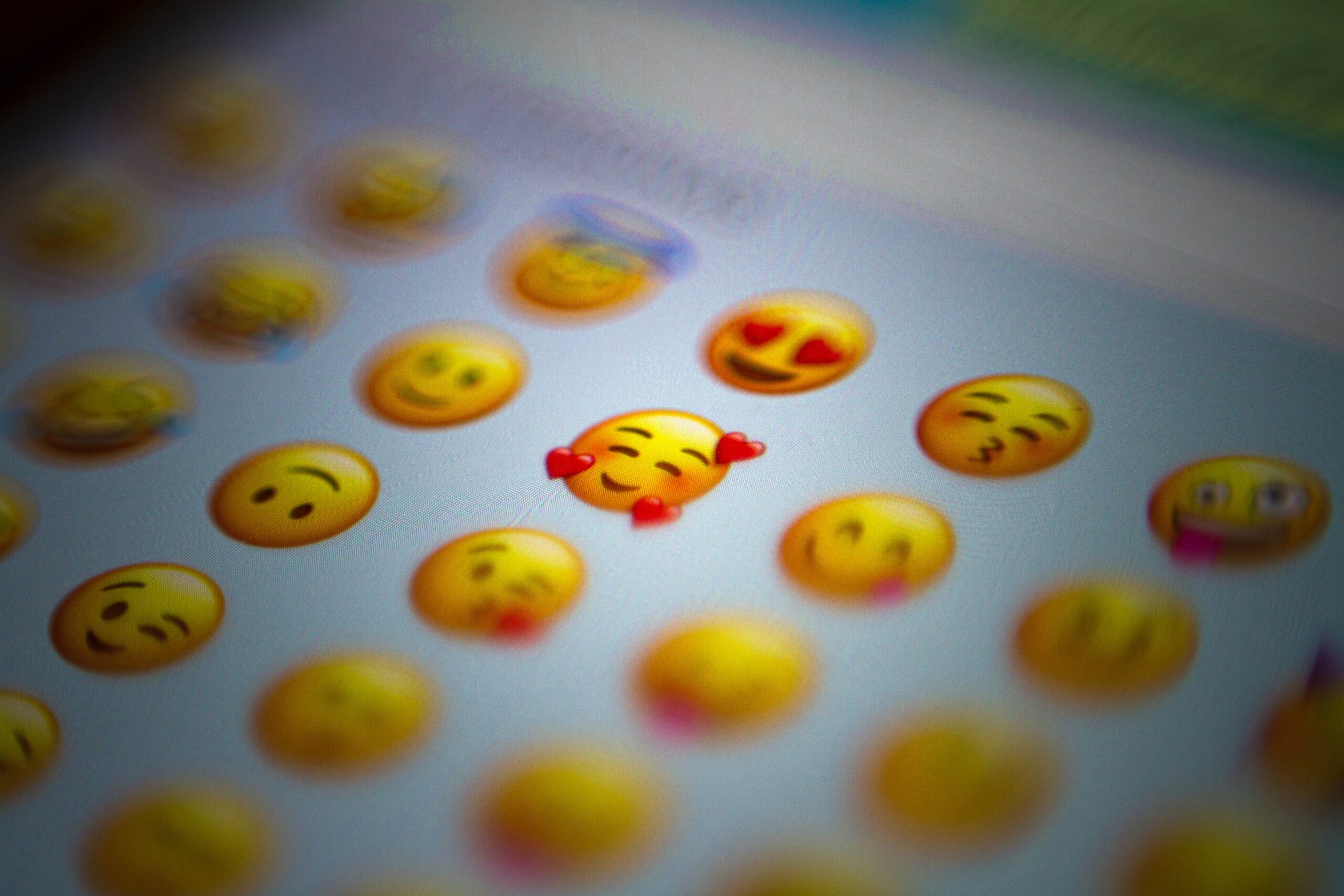Why Emoji Are Crucial for Effective Workplace Communication and Beyond
As a Content Creator, I’ve come across countless articles that explain the growing popularity of emoji in various forms of communication. However, I believe that there’s still so much to discuss about the impact of emoji on effective workplace communication and beyond.
In this article, I’ll delve deeper into the reasons why emoji have become an essential part of communication in the workplace and beyond, and how they can help individuals and businesses communicate more effectively.

What Are Emojis and Why Are They So Popular?
Emoji are pictograms or symbols used to express emotions, ideas, or concepts in electronic messages and web pages. Emoji were first introduced in Japan in the late 1990s but didn’t become widely popular until the release of the first iPhone in 2007, which included an emoji keyboard.
The popularity of emoji has since grown exponentially, and they are now widely used in text messages, social media posts, emails, and even professional communication channels. The reason for their popularity is simple: emoji allow people to convey emotions and expressions that may not be easily communicated through text alone.
The Role of Emoji in Effective Workplace Communication
Effective communication is essential for any workplace, and emoji can play a significant role in making workplace communication more effective. Here are some reasons why:
1. Emoji Can Help Convey Tone and Emotion
Text messages and emails can often come across as cold and emotionless, making it difficult to convey tone and intent. Emoji can help bridge this gap by adding a layer of emotional nuance that can be easily understood by the recipient. For example, a simple smiley face can make an email or message seem more friendly and approachable.
2. Emoji Can Improve Clarity and Understanding
In addition to conveying emotions, emoji can also help improve clarity and understanding in workplace communication. For example, using a checkmark emoji to confirm that a task has been completed can eliminate any ambiguity and ensure that everyone is on the same page.
3. Emoji Can Foster a More Positive Work Environment
Emoji can also contribute to a more positive work environment by adding a touch of lightheartedness and humor to communication. This can help reduce stress and tension in the workplace and foster better relationships between colleagues.
Beyond the Workplace: The Versatility of Emoji
While emoji have become increasingly important for workplace communication, their versatility extends far beyond professional settings. Here are some ways that emoji are being used in other areas:
- Emoji in Marketing
Emoji are being used more and more in marketing campaigns as a way to connect with younger generations and convey emotion in advertising. Brands are using emoji to create a more human connection with consumers and create a unique brand identity.
- Emoji in Education
Emoji are also being used in educational settings to help students learn and remember concepts more effectively. For example, a teacher might use a heart emoji to represent love and affection in a lesson on emotions.
- Emoji in Mental Health
Finally, emoji are being used in mental health settings as a way to express emotions and feelings that may be difficult to put into words. Patients can use emoji to convey how they’re feeling and to help therapists better understand their emotional state.
In Conclusion, Emoji are becoming increasingly important for effective communication in the workplace and beyond. By allowing us to convey emotions, improve clarity, and foster positivity, emoji have become an essential part of our communication toolkit. As we continue to integrate emoji into our communication strategies, it’s important to remember that they are just one tool among many that we can use to communicate more effectively.
Come join me on Medium to listen and interact with my article. Let’s connect and continue the conversation there.
Latest Articles:
-
When Rome Whispers: A Sunset Journey Through Time
-
Rome’s Best-Kept Secrets: Hidden Gems Only Locals Know About
-
Rome: The Eternal City - Complete Guide
-
Rome in 3 Days: The Ultimate Itinerary for you!
-
Naruto: Review of the first Manga
-
Top 7 Free AI Certifications You Can Start Today
-
Guide to Snow (Winter) Photography
-
A Brief Guide to Financial Freedom
-
How to Become a Content Creator on TikTok
-
Embracing Vulnerability: Who is Brené Brown